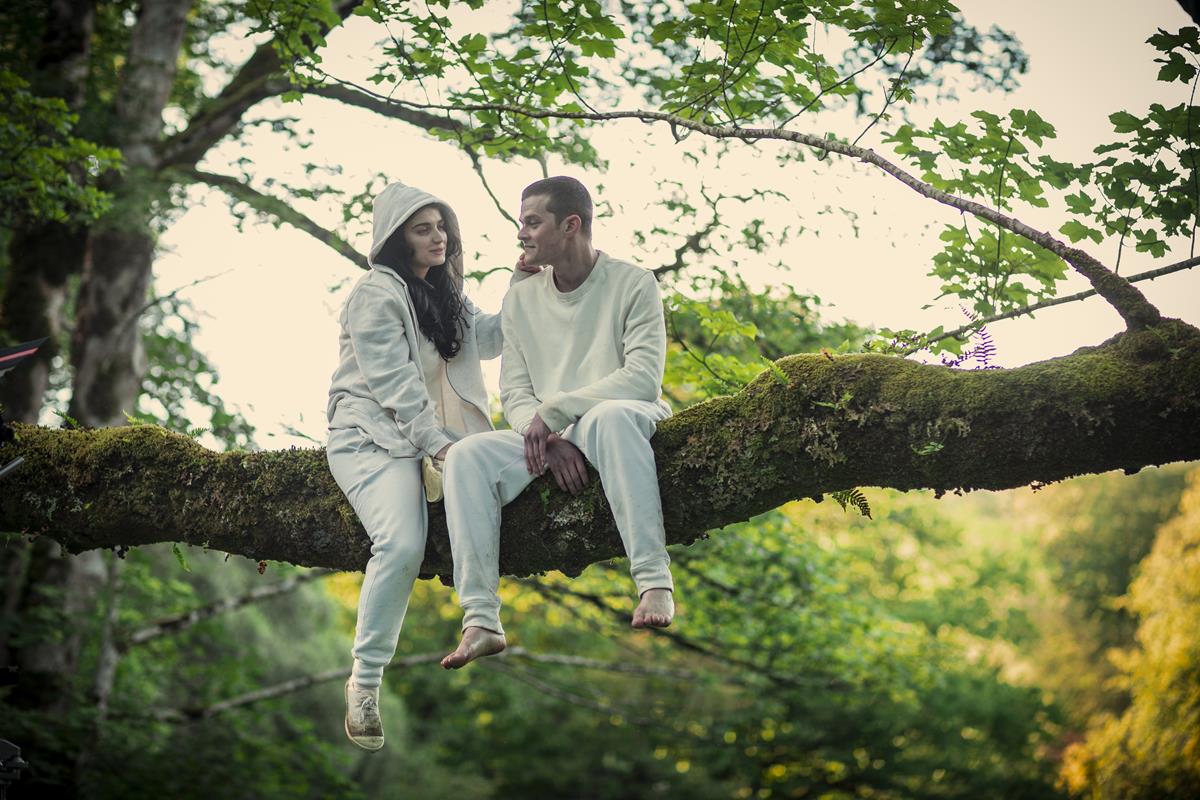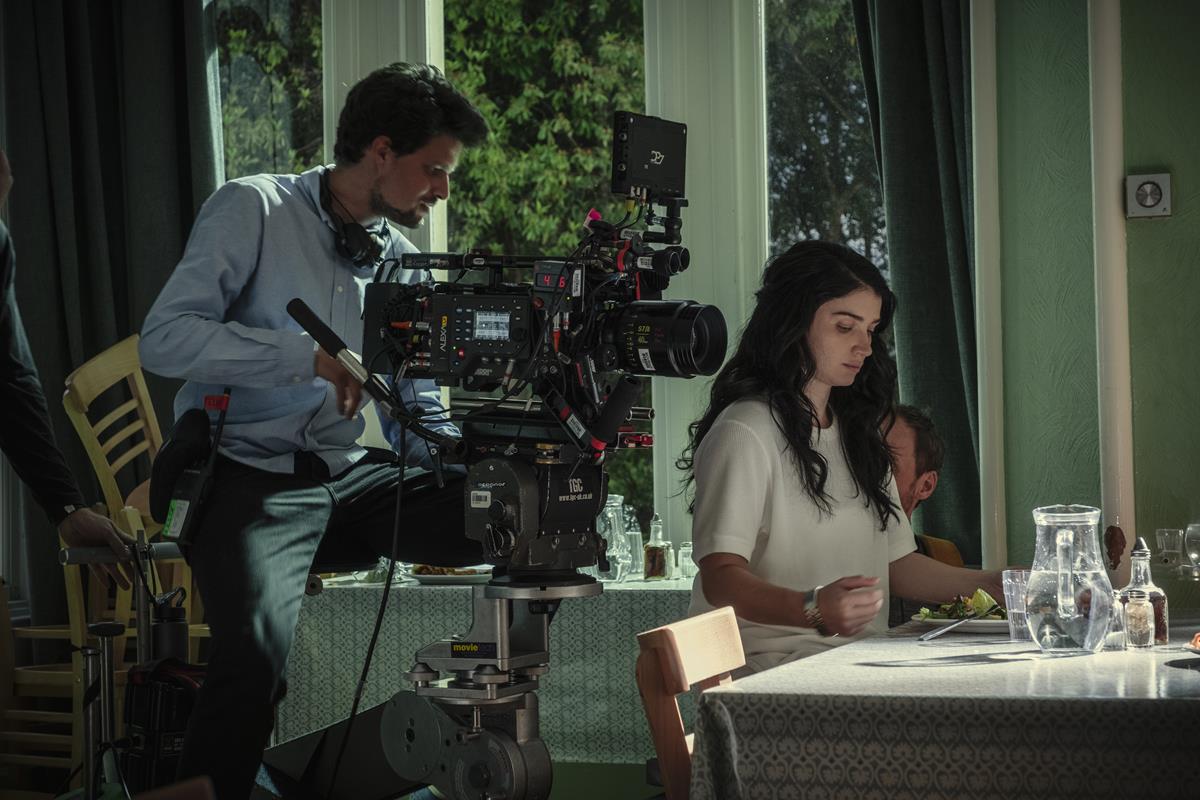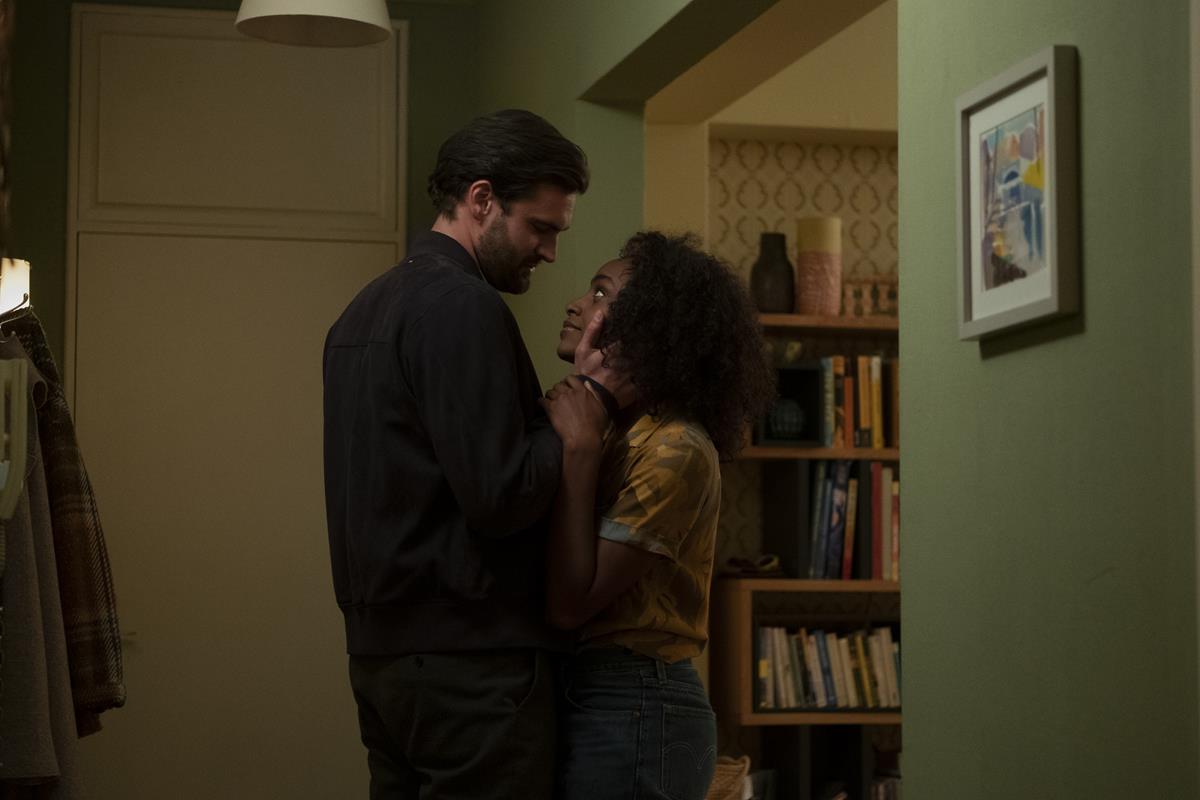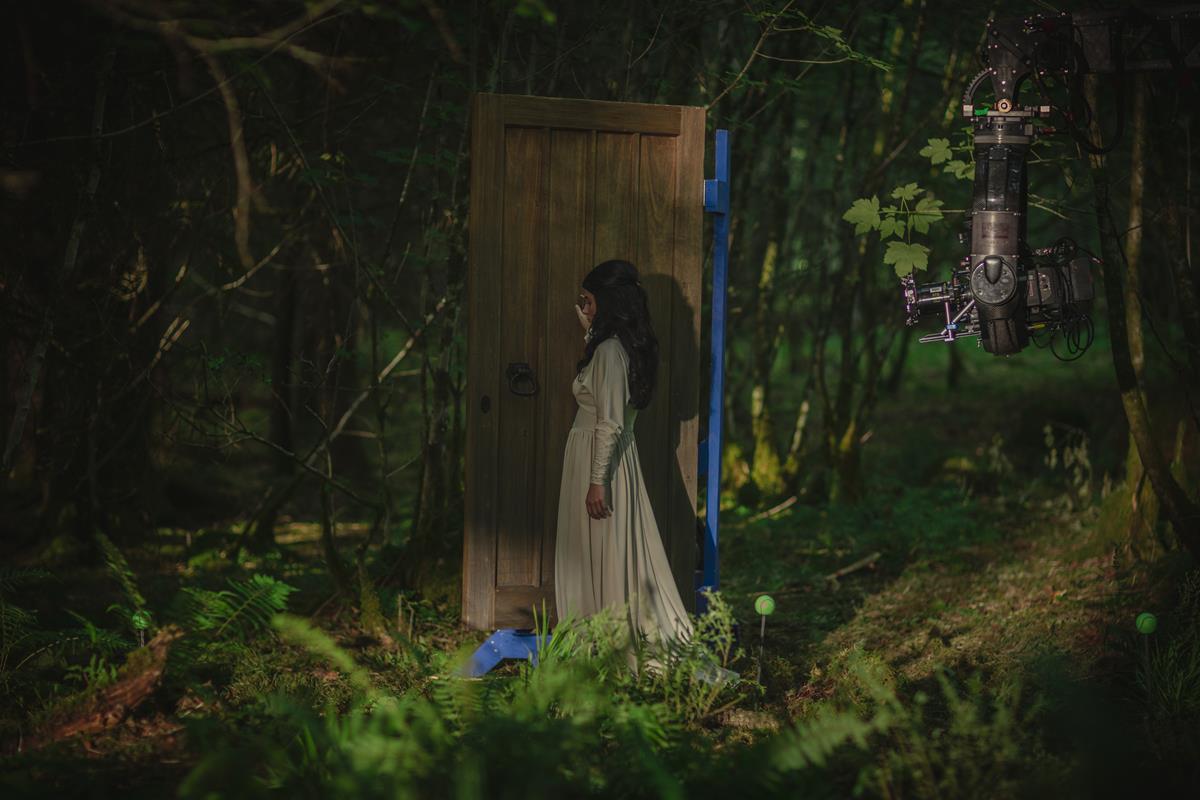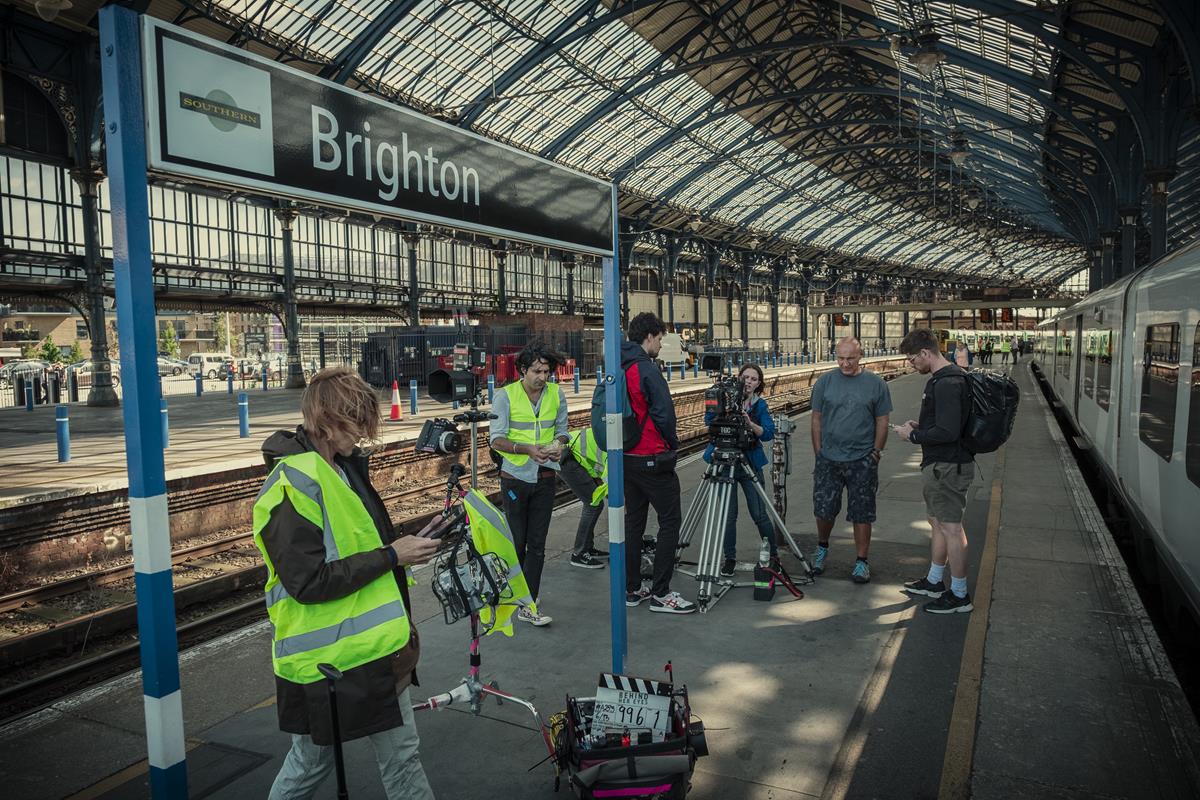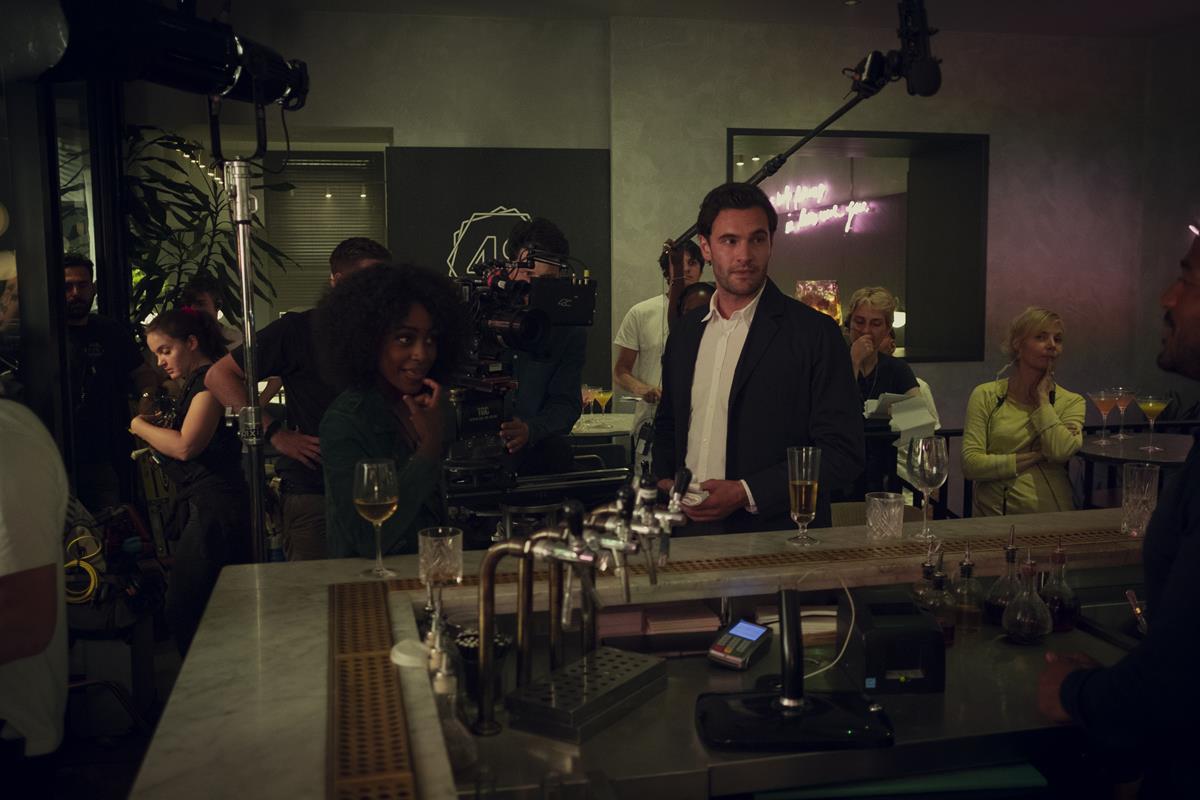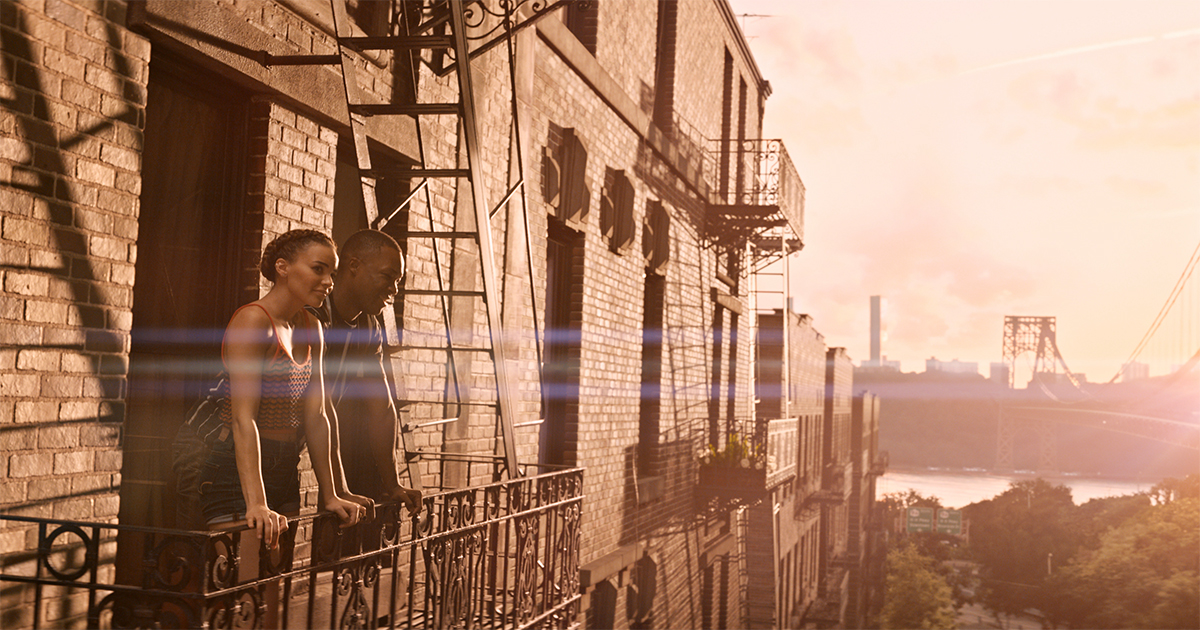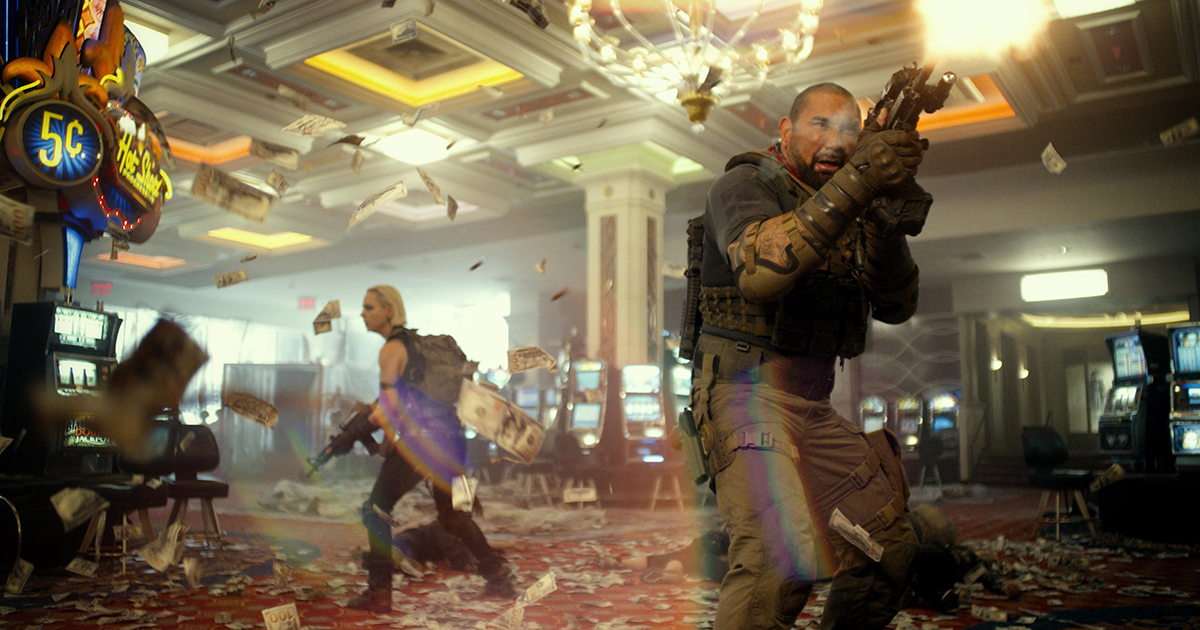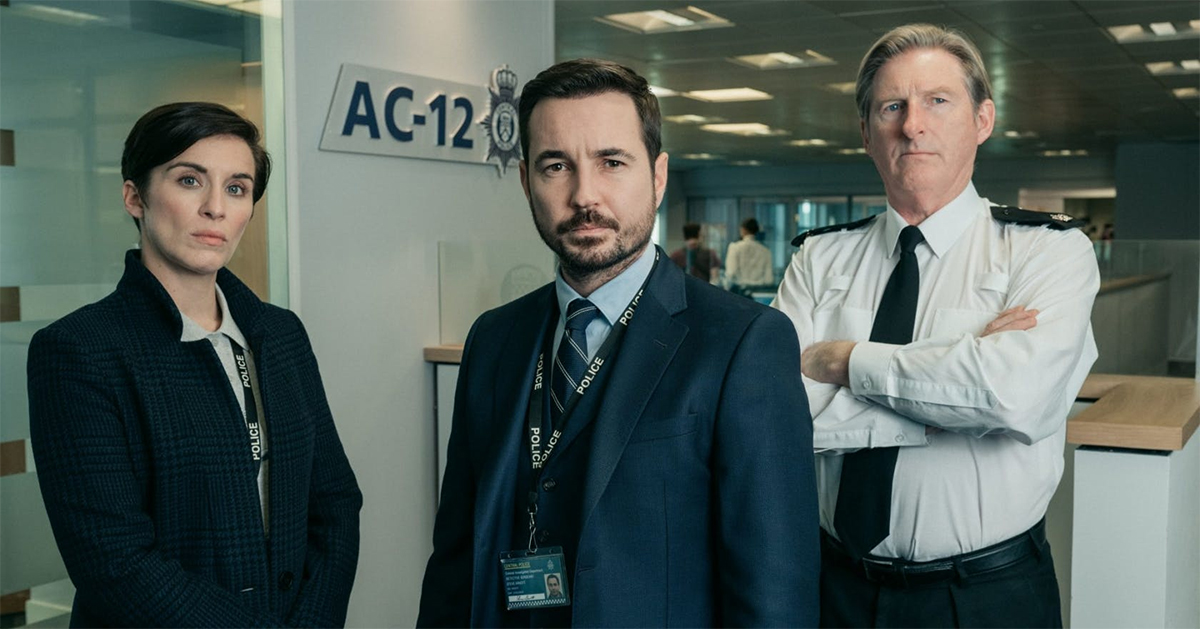
For Netflix’s psychological thriller Behind Her Eyes, cinematographer Felix Wiedemann, BSC opted to shoot with the ARRI Alexa LF outfitted with lenses from the Cooke S7/i range.
The six-part limited series, which is directed by Erik Richter Strand and stars Simona Brown, Eve Hewson and Tom Bateman, is based on the novel of the same name by Sarah Pinborough. The story follows Louise (Brown), a single mum with a son and a part-time job in a psychiatrist’s office. Louise begins an affair with her boss and strikes up an unlikely friendship with his wife, but finds herself caught in a web of secrets and lies where nothing is what it seems.
“It’s a story full of mystery and suspense, and there’s a sense that the audience doesn’t know whether characters are telling the truth. To counter that, we wanted the photography to be very clear, detailed and honest, letting the audience ‘participate’ and allowing their eyes to wander around the screen to take in all the details,” Wiedemann explained. “This led us to look at shooting full frame, to bring as much clarity and resolution as we could to the image.”
Wiedemann praises the Cooke lenses for their technical qualities, as well as “the photographic character they give to the image,” he said. “For this project, our main criterion was to find clarity of image. We looked at many full frame lenses, but we were blown away by the S7/i’s for both portraiture and wide shots.”
Movietech, based at Pinewood Studios in the UK, supplied a full set of S7/i lenses for the production, with the exception of the 65mm focal length which was just coming into production at the time of the shoot.
“We were very lucky that Carey Duffy [Director of Sales, Europe] helped us out and lent us one of the first production models,” said Wiedemann. “The field of view of the 65mm on Full Frame Alexa LF is pretty much the equivalent of a 40mm lens on a Super 35mm sized sensor. In the past the 40mm has always been my go-to lens for portraiture, so the 65mm was a hugely important lens for me on full frame and was used on most close-ups of the series.”
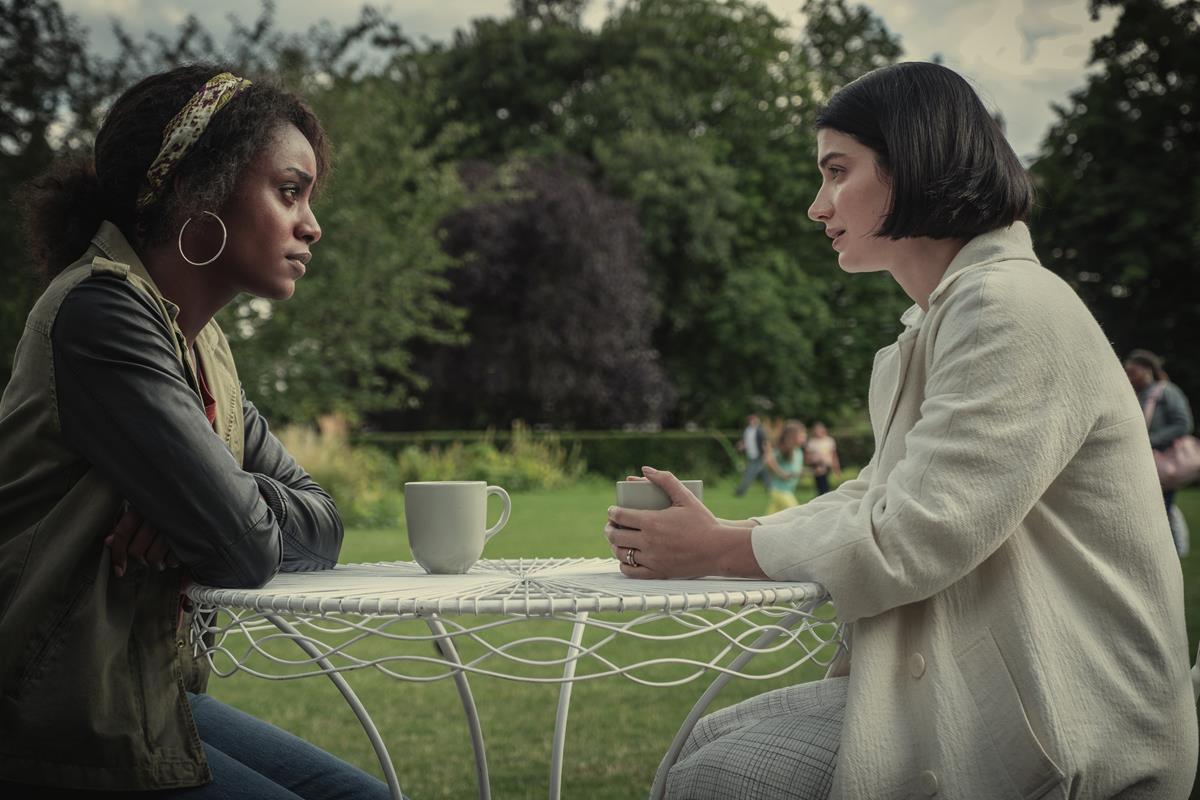
The production saw a wide variety of shooting conditions, with interiors/exteriors and day and night shoots in London and the Highlands of Scotland, on location and in studio sets.
“The S7/i’s dealt with every scenario really well,” Wiedemann recounted. “As well as the precision of the lenses, they also had a photographic quality that elevated the image, whereas some other lenses seem more ‘matter of fact.’ This was important as the story goes into dreams and supernatural worlds as well as the real world, and they captured the nuances of the more expressionistic scenes without being heavy-handed”
READ MORE: Cooke S7/i Full Frame Plus Lenses Add Visual Clarity to Narrative Ambiguity in Behind Her Eyes (Cooke Optics)
Eschewing the brooding, grainy cinematography of many thrillers, the filmmakers sought a natural look for Behind her Eyes, Wiedemann told Lee Renwick in an interview for Definition Magazine.
“It’s a psychological thriller, but also a character-driven drama,” he said. “We questioned to what degree it should live in the dark, foreboding world you’d expect — and how that would impact the audience. Ultimately, we settled on an image with real detail, clarity and naturalism.”
The Arri Alexa LF’s full-frame coverage, paired with the spherical Cooke S7/i lenses, “really played its part in helping us achieve exactly what we wanted,” Wiedemann said.
“Just because the camera has a high pixel count, doesn’t necessarily mean it looks displeasingly sharp. It felt like a really true, lifelike representation and a way to draw the audience in. We used many wide frames and they were so packed with detail, the gaze could really wander. In the close-ups, they revealed so much in the characters’ eyes.”
Lighting for the series was also largely naturalistic, even while the practicalities of ensuring that varied across location interiors and exteriors and built sets.

“Lighting was influenced by what we’d naturally expect from the location, light sources and time of day,” Wiedemann said. “David and Adele’s home, for example, looks like a catalogue — which forms a nice juxtaposition thematically with what’s going on beneath the surface. That came down to allowing the windows to play and not stifling them.”
Using an Arrimax 18K on a Genie boom, along with a rig of less powerful HMIs on a truss on the house’s garden side, the crew created a sunlight effect, Wiedemann described:
“David’s office was a set build, including a translight to mimic the space outside the windows, space lights for ambient daylight and a 24K tungsten sunlight equivalent. At the institute, we just made the most of the rare Scottish sunlight, and having the characters all in white gave the perception of a brighter image. There was also a lot of vibrant green that was absent at the London locations.”
In the absence of heavy textures and grains, colored filters, and other visual storytelling techniques, the filmmakers relied on editing and sound design to communicate mood or jumps in time. “Then, of course, there were elements of cinematography that we did use in those more traditional thriller-genre ways, such as camera movement,” Wiedemann said.

Yet there are still a number of stylized moments in Behind Her Eyes, including a recurring voyeuristic angle, which became more obvious as episodes went by and its significance was revealed.
“The script read ‘someone is watching’, but how do you communicate that effectively? You can’t give it away too early, so it’s almost subconscious. It couldn’t be too jarring, but it couldn’t be lost on much of the audience, either,” Wiedemann said, adding:
“There was a lot of testing, but we settled on this high-angle shot that could move through the space when needed, zooming in on details of interest. We used a crane in a few cases, but mostly it was a dolly built up with pods. I was up there at about ceiling height and the key grip, Elliott Polley, would wheel me around the room as I zoomed in on singles, pulled out to two shots, or took the frame wherever else we wanted.”
Another common thread throughout the series was the occurrence of dreams and nightmares, which offered “a perfect opportunity to push the visuals into the extreme,” Renwick writes. “Frightful moments were taken into horror territory, while the dreams offered moments of mild respite, albeit surreal.”
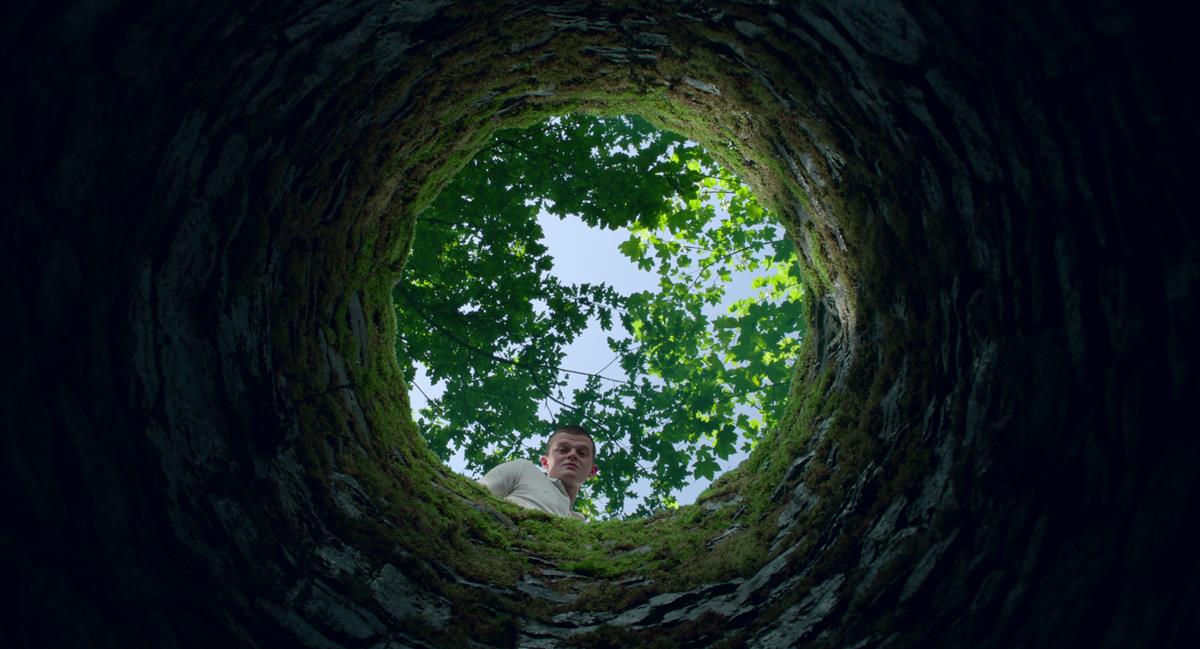
Wiedemann explained to Renwick how the sequences were achieved:
“Louise’s sequences in her mother’s home were a set build, which the team painted a monochrome, sand-grey color. That immediately puts you in a strange space. Then, we flooded the whole set with a color to heighten that. When the corridor and rooms began to burn, there was a mix of SFX and VFX alongside that lighting.”
Other visual effects included floating orbs of light, or “shimmers,” that appear late in the series “to spectacular and story-altering effect,” as Renwick notes.
“The closest collaboration between myself and the VFX team was in the creation of the shimmers,” Wiedemann said. “We had puppeteers with LED spheres on poles, flying through the house emitting light. To get the effect we needed, they were moving these orbs through space, creating shadows and casting hues on the walls. Often, the puppeteers would have to be secured on the dolly, either side of camera.
“Remotely controlled LED orbs were created by gaffer Chris Georgas, in different sizes and light outputs based on a given shot. Some were even attached to drones for the sequence where they fly across the fields surrounding the home. After that physical capture, the VFX team turned those orbs into the shimmers you see in the show.”



